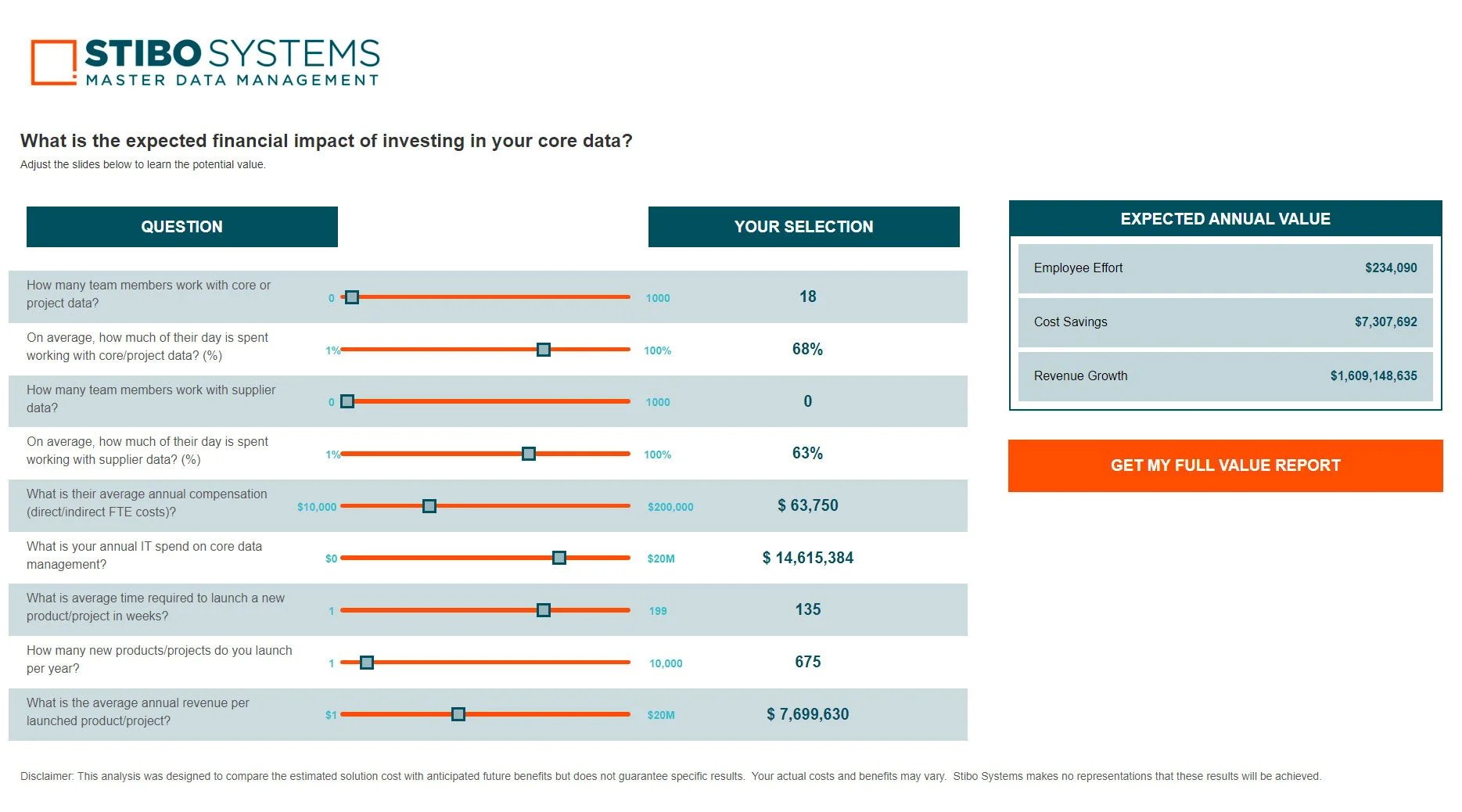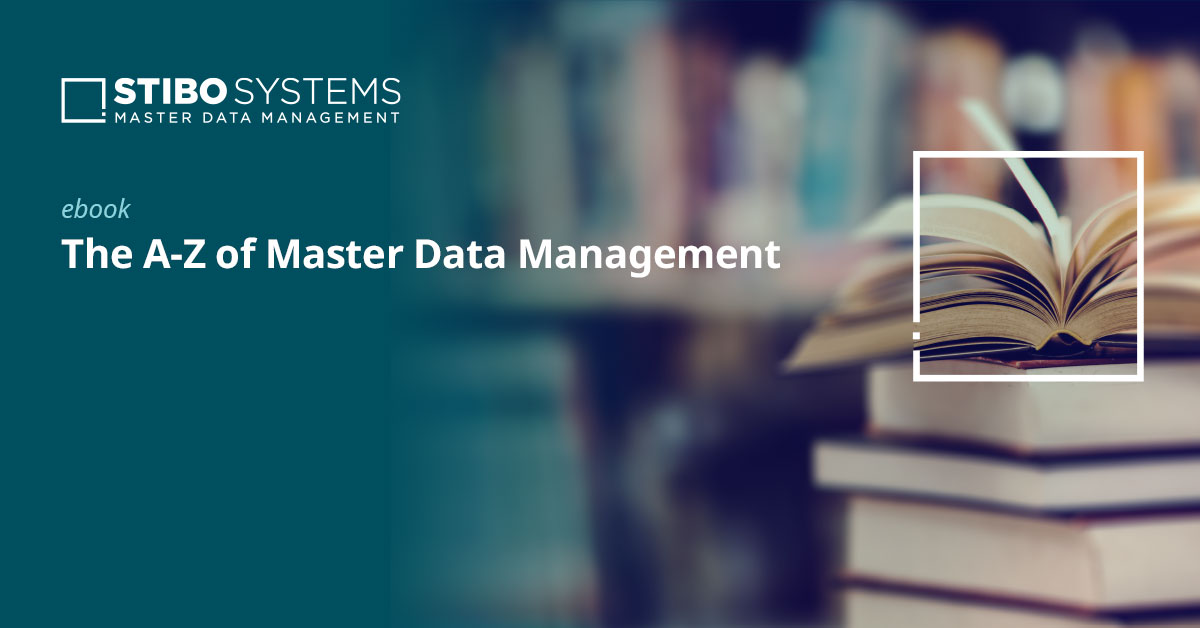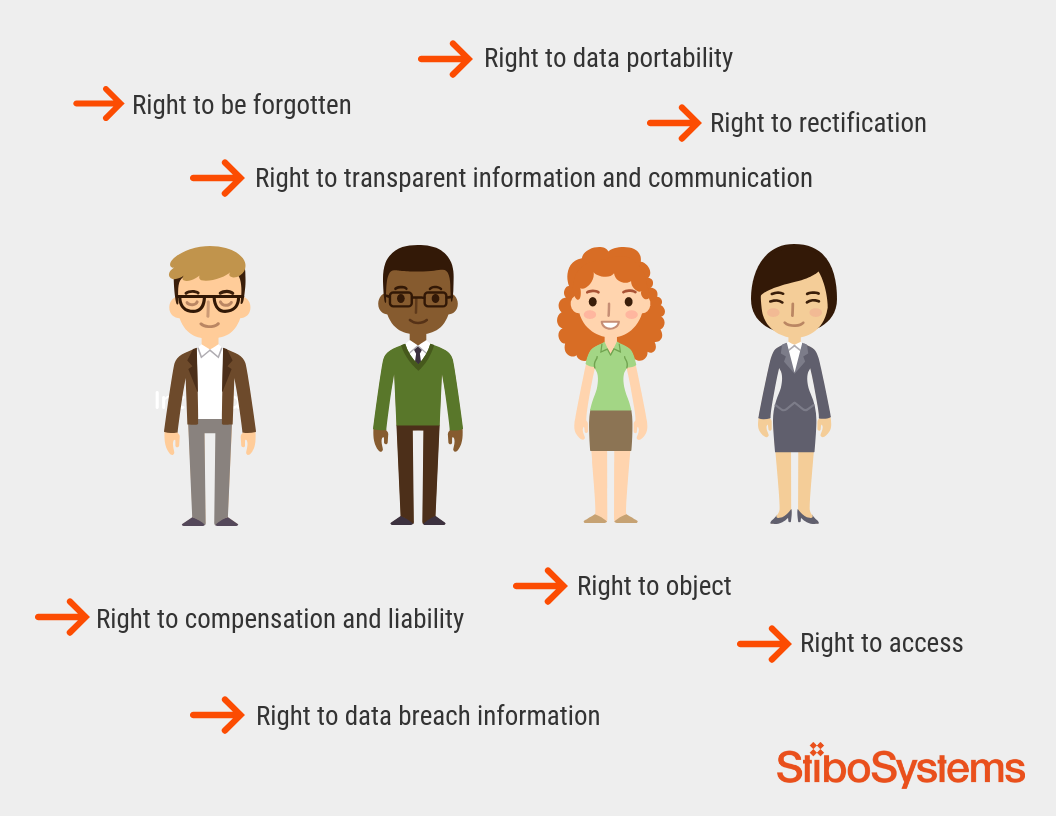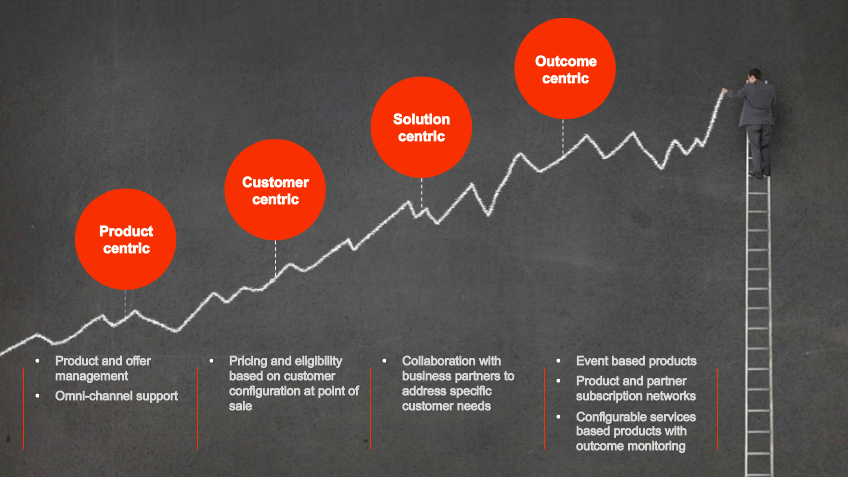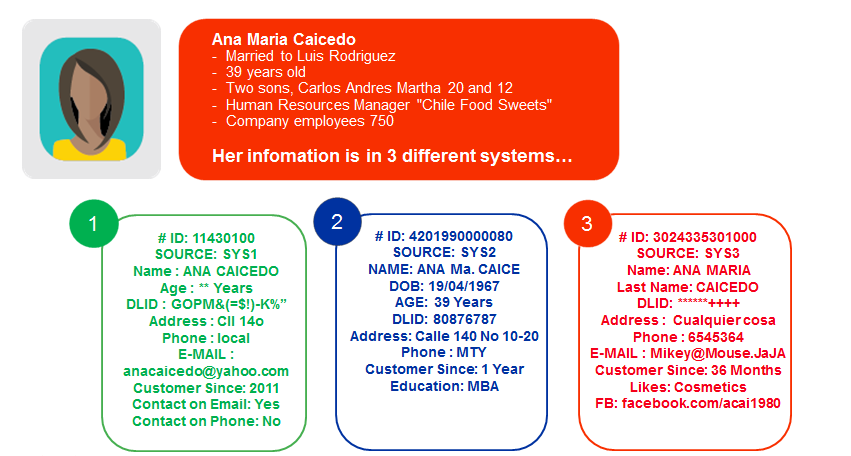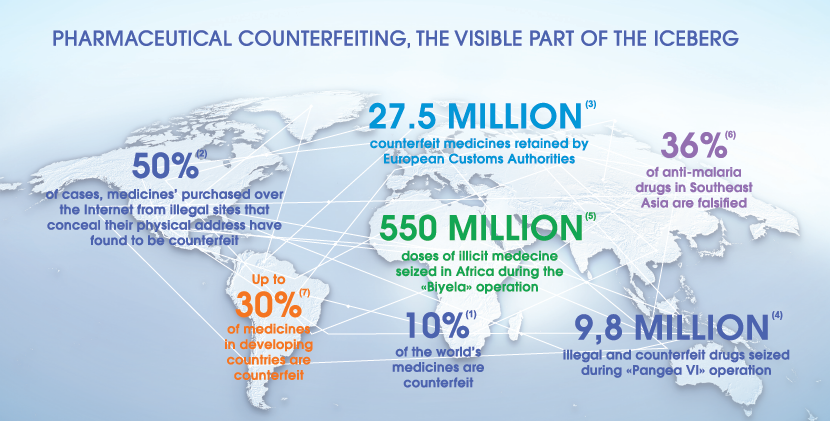The business of product management requires innovation. And no matter what type of change that requires, from incremental to disruptive to radical, customers today expect brands to innovate. A Nielsen study reveals that 63% of customers value it when manufacturers offer new products. Moreover, innovation isn't merely a matter of raising your R&D budget. According to the consulting firm Booz & Company (now part of PwC), brands that invest heavily in R&D aren’t more innovative than those that don’t.
If customers expect innovation, and spending on R&D isn't a simple solution, what can companies do? That's where data makes a difference. By improving how you manage, share and enrich data that fuels your many business systems and workflows, you can eliminate inefficiencies and develop processes that drive a whole new level of innovation and business value. You apply more accurate, data-driven decision-making across the enterprise.

The workflow challenge: missing, inaccurate data
Even the most successful companies often employ a less-than-efficient product development process. The early stages of ideation and design tend to involve many conversations, emails, phone calls and spreadsheets, which often result in a muddle of disorganized, duplicate data that is missed, forgotten or neglected. The unstructured or disparate pieces of information lack cohesion and hinder innovation because they don’t collectively capture and comprehensively use all of the available input.
The result? Portions of an idea don’t get blended into the development process because they are brought up once and never documented or shared. Ultimately, this is a workflow challenge because data is missing from key decisions that involve products, marketing, engineering, sales, customer service and other areas of the company.
Product developers lack insight regarding customer purchase patterns. Marketers don’t have an understanding of seasonal product designs to come. Sales and customer support can’t provide optimum experiences, like offering related products to consumers or leveraging up-to-date product data across multiple channels.
What’s needed is the ability to support product initiatives through enterprise-wide identification of product information and performance, as well as linking and syndicating data across products, customers, location, employees and suppliers. That’s where master data management (MDM) can help.
The workflow solution: improved data
Master data management provides structure, workflow and access, based on roles, which enhance the product lifecycle through higher-quality data. It brings order to the data chaos by giving multiple stakeholders the ability to own and view data previously maintained in a myriad of formats. You can connect your enterprise systems with integrated product development workflows, delivering a true 360° view of products and customers.
Ultimately, you create a better product or service as a result. Today massive numbers of newly launched products fail. For instance, in the CPG space, 85% of new product launches will fail after two years. One of the key reasons? Poor business models, like the inability to sell products both instore and online. And for electronics, it’s all about early market share. These companies must instantly outsell the competition because the early part of the process is where you make the most gains.
For CPG, electronics and other retailers, MDM improves the many stages of product development, from ideation to commercialization to omnichannel delivery. With integrated product understanding, you get your products to market faster, showcase their value on any channel and start your sales cycle immediately with the timely data. Product managers, marketers, sales reps and customer service reps can leverage multidomain information to understand supply and demand, pricing models, assortments, inventory, sales, quality and consumer habits to improve future product development.
This also improves line planning. Product managers can use structured, high quality specification data, married with performance data, to review products and determine which to discontinue, which to keep and which to promote further. The wealth of data assists product managers and merchants to strategize about where additional products are desirable. For instance, if a particular line of sports apparel is performing well, similar merchandise can be added to leverage the success of the clothing line. Master data management connects data together and creates a “virtuous circle” of feedback where organizations identify product performance. They can send that information back into the line planning process to become a more data-driven, revenue-generating organization.
And all these business improvements stem from higher-quality data. What master data management does is provide a centralized hub for improving the accuracy and completeness of critical information involving products, customers, suppliers, locations and more. Upfront, you reduce costs affiliated with data maintenance and managing multiple duplicate records. You also achieve near real-time relationships between domains, meaning as a record update is made in MDM, it’s instantly updated in the many other systems connected to it.
More structure. More efficiency and innovation
While a lack of data quality and inefficiency in processes can stifle business success and innovation, applying master data management to improve the product lifecycle positively impacts many business outcomes. You can bring a new level of ideation to reality with complete and integrated data. You leverage customer and sales data faster to incorporate into your product design process. You can reduce the cost and increase the speed of product launches as well as eliminate the communication gaps to improve onboarding and customer service. Moreover, you support new business models and initiatives, such as starting and enhancing online channels that support your in-store efforts. You make information a strategic asset that delivers value to planning, development, sourcing and sales processes, as well as the customer.

